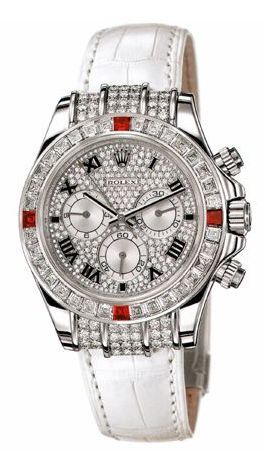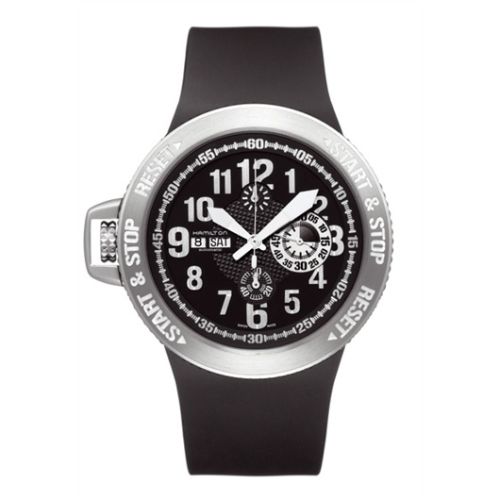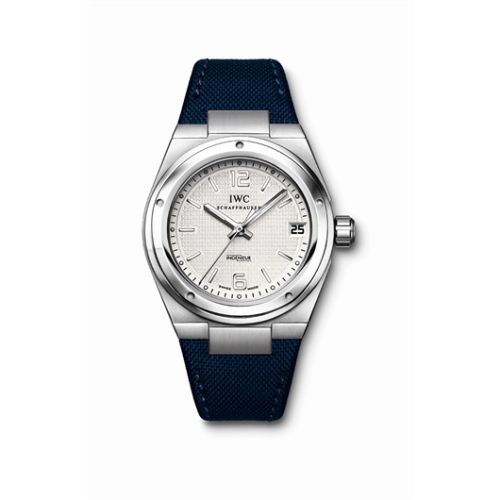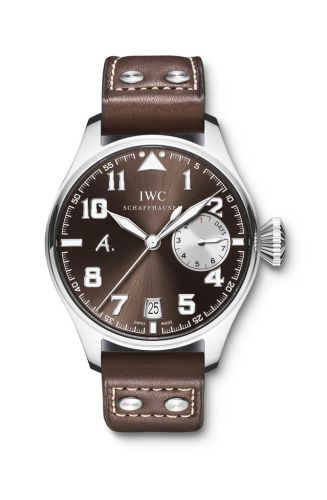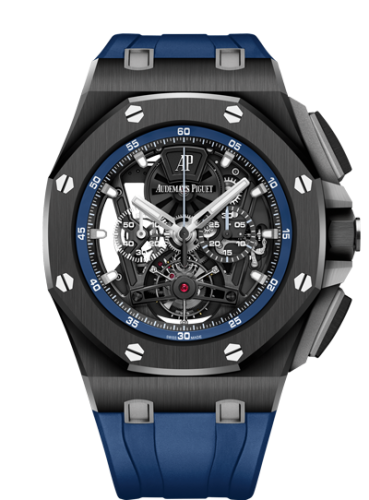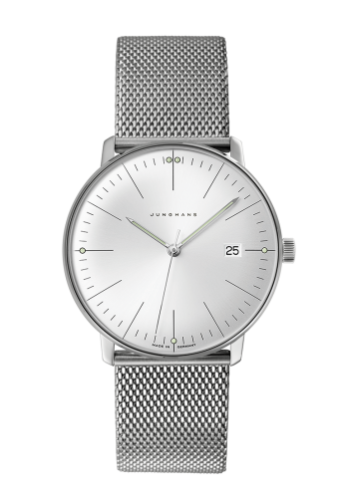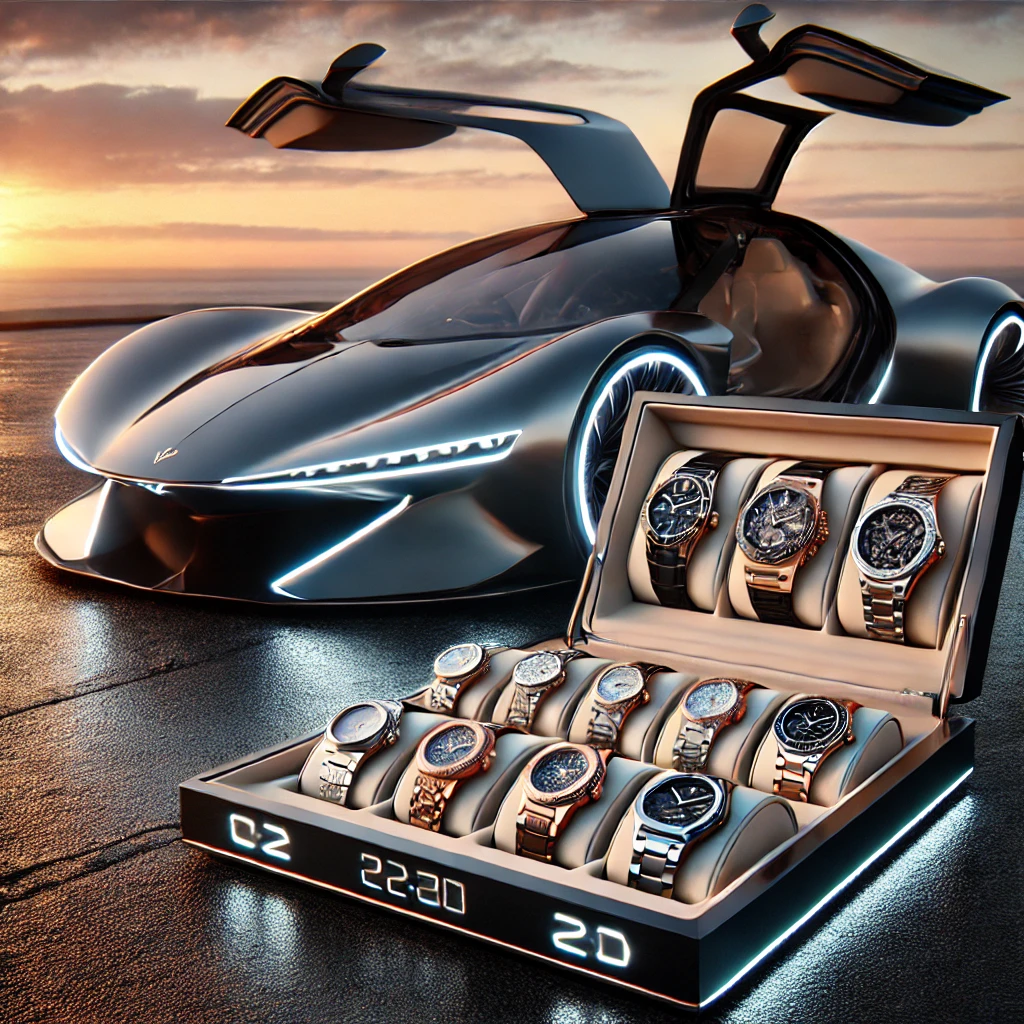
Why are some watches considered collectible?
Watches have long been a symbol of craftsmanship, precision, and style, and their allure extends beyond mere functionality. Several factors contribute to why certain watches are considered collectible, creating a fascinating intersection of art, history, and personal passion.
One of the primary reasons some watches gain collectible status is their brand heritage. Renowned manufacturers like Rolex, Patek Philippe, and Audemars Piguet have established reputations built over decades, often crafting timepieces that embody exceptional quality and innovation. This rich history not only adds to the allure of the watches but also creates a sense of prestige associated with owning them.
Limited production runs and unique editions further enhance a watch’s collectibility. When a brand releases a limited number of pieces, it creates a scarcity that drives demand among collectors. This exclusivity can lead to significant appreciation in value over time, making these watches not just timekeepers but also investment opportunities. Enthusiasts often seek out rare models, such as those featuring unique complications or special materials, which can transform a simple watch into a coveted treasure.
The craftsmanship involved in watchmaking also plays a crucial role in defining collectibility. Many collectors have a deep appreciation for the intricate mechanics and artistry that go into creating a fine watch. The movement, or the mechanism that powers the watch, is often a focal point for collectors. High-quality movements, especially those that are hand-finished or feature complicated functions like tourbillons or perpetual calendars, can elevate a watch to a piece of art. The skill and labor that go into these timepieces can make them highly sought after.
Emotional connections and personal stories also contribute to a watch's appeal. Many collectors are drawn to watches that remind them of significant moments in their lives, such as a graduation gift, a family heirloom, or a milestone achievement. These personal narratives can add layers of meaning to a watch, transforming it into more than just an object but a cherished reminder of life’s pivotal experiences.
The condition and provenance of a watch significantly affect its collectibility. Watches that are well-preserved, complete with original boxes, papers, and service history, are typically more desirable. Vintage pieces, particularly those that have been maintained or restored with care, can command higher prices due to their rarity and historical significance. Collectors often delve deep into a watch's history, researching its background and previous ownership, which can enhance its allure.
Cultural influences and trends also play a role in determining which watches become collectible. Certain models may gain popularity due to celebrity endorsements, appearances in movies, or being associated with historical events. This can create a buzz around specific brands or styles, driving collectors to seek out these watches to own a piece of that narrative.
Lastly, the community surrounding watch collecting is vibrant and passionate, fostering a sense of camaraderie among enthusiasts. Collectors often share their knowledge, trade pieces, and attend events or exhibitions, which can further elevate the status of certain watches within the community. This shared passion creates an engaging ecosystem where knowledge is exchanged, and appreciation for fine horology is celebrated.
In essence, the collectibility of watches is a multifaceted phenomenon fueled by brand heritage, scarcity, craftsmanship, emotional connections, condition, cultural influences, and a thriving community. Each watch tells a story, and for collectors, owning a piece of that story is what makes the pursuit so captivating and rewarding.



